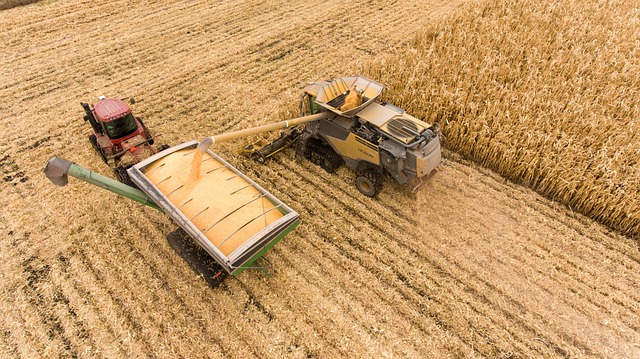Empowering Rural Agriculture with Alternative Energy Carriers
In the heart of rural landscapes where rolling fields meet the horizon, the agriculture sector stands at a crossroads. Farmers and agricultural workers toil day in and day out, nurturing the land and producing the food that sustains our communities. However, the challenges they face are substantial, particularly in terms of transport sustainability. With the increasing need for efficiency and environmental consciousness, the introduction of alternative energy carriers has emerged as a beacon of hope for rural agriculture.
The Need for Transport Sustainability
Transport sustainability is more than just a buzzword; it’s a crucial component of modern agriculture. Traditional transportation methods often rely on fossil fuels, contributing to greenhouse gas emissions and climate change. As rural areas depend heavily on the transport of goods to markets, adopting sustainable practices is imperative. Not only does this help mitigate environmental impacts, but it also ensures that farmers can maintain their livelihoods in an ever-evolving marketplace.
By embracing alternative energy carriers, rural communities can significantly reduce their carbon footprint. These carriers, which include biofuels, electric vehicles, and hydrogen fuel, provide innovative solutions that promote energy independence and resilience in the agricultural sector. Imagine electric-powered tractors gliding through fields or biodiesel-powered trucks connecting farmers to distant markets. This transition not only lowers emissions but also protects the air and soil that farmers rely upon.
Driving Rural Development
Rural development goes hand-in-hand with sustainable transportation solutions. With the integration of alternative energy carriers, local economies can flourish. Investments in renewable energy sources create jobs, enhance local energy security, and build a groundwork for sustainable practices. As communities embrace these technologies, the benefits ripple outward—education and training programs can empower a new generation of farmers and transport workers, preparing them for a greener future.
Moreover, aligning rural agriculture with sustainability attracts consumers who are increasingly eco-conscious. These consumers prefer products from farms that prioritize environmental responsibility. By adopting alternative energy options, farmers not only meet market demands but also enhance their brand’s reputation, tapping into the growing demand for organic and sustainable produce.
Community Collaboration and Innovation
Collaboration is key in this ambitious transformation. Local governments, agricultural cooperatives, and non-profits should come together to support initiatives that promote alternative energy carriers. Grants, subsidies, and access to resources can empower farmers to invest in renewable technologies. Furthermore, sharing knowledge and fostering innovation can lead to tailored solutions that reflect the unique needs of rural communities.
Imagine a network of farmers sharing their experiences with alternative energy adoption, creating a community where innovation thrives. Workshops, online forums, and local partnerships can provide invaluable support, encouraging others to explore the possibilities of sustainable transport solutions.
The journey toward sustainable rural agriculture is not without its challenges, but the path is illuminated by the promise of alternative energy carriers. Together, as we harness the power of innovation and collaboration, we can empower our rural communities to thrive in harmony with both the land and the environment, paving the way for a more sustainable agricultural future.




